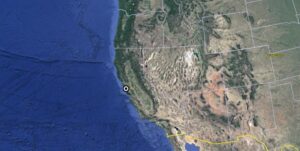Hundreds more starving sea lions continue to wash up on West Coast
According to Shawn Johnson, the director of veterinary science at Sausalito's Marine Mammal Center, for the third year out of five, thousands of sea lion pups have beached themselves in an effort to survive. The sea lions are too young to be without their mothers an

